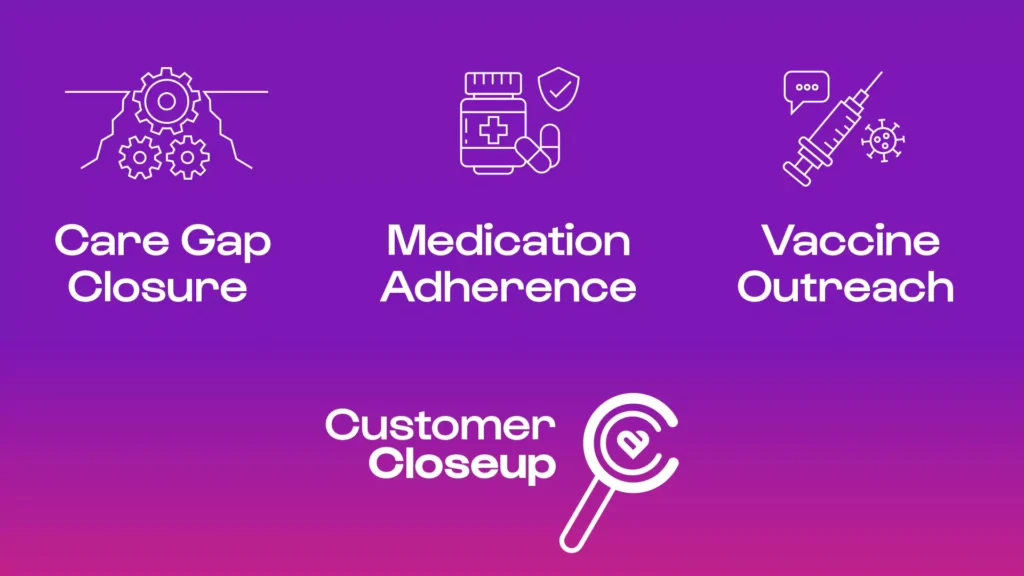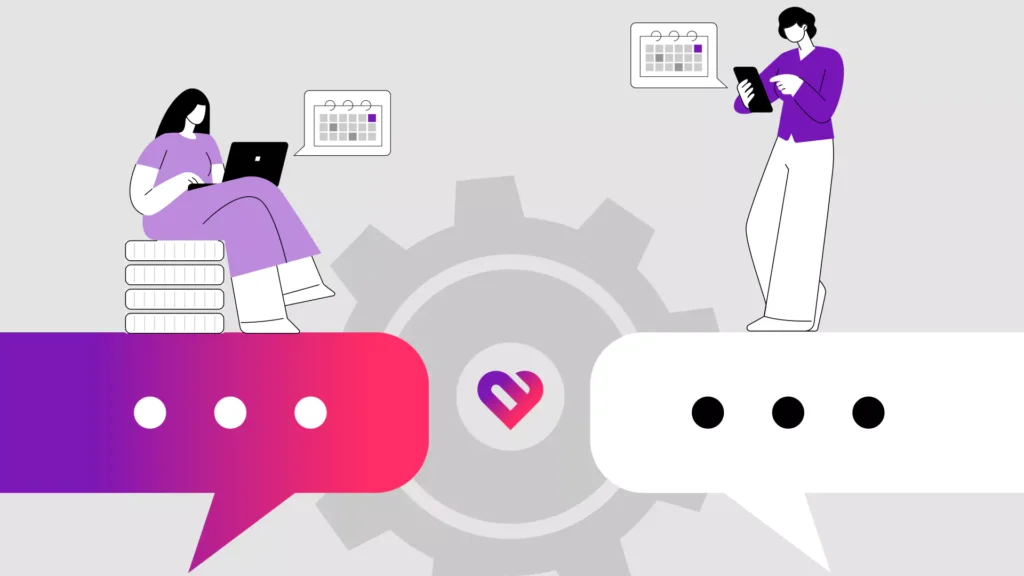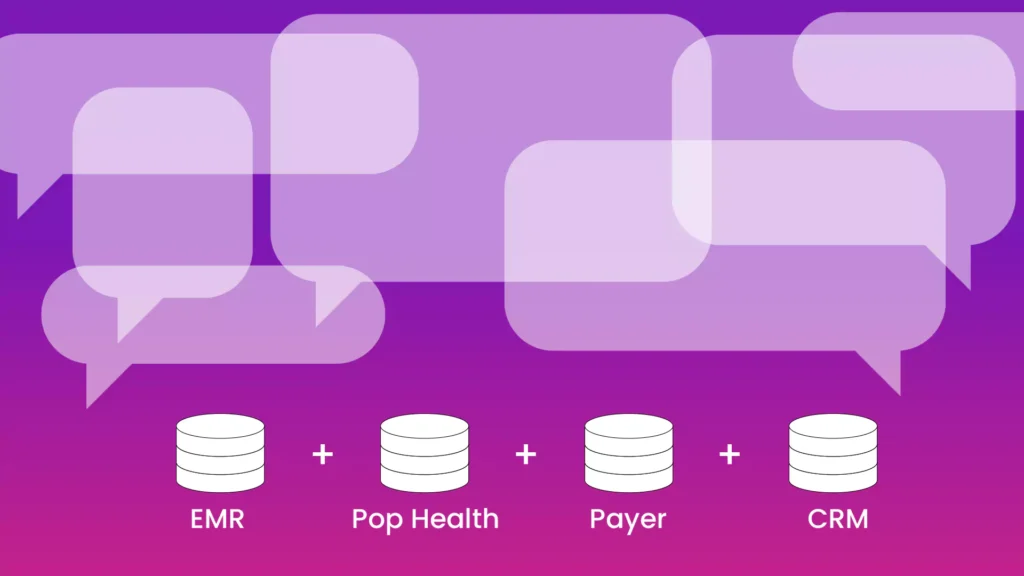In light of the global coronavirus outbreak, reaching patients with timely information matters now more than ever.
Many WELL customers’ call centers have been flooded with inquiries related to COVID-19. But answering every single patient inquiry simply isn’t possible. WELL clients have reached out to us to determine the best strategies for effectively reaching their patients regarding the coronavirus. Between March 1 and March 15, WELL clients sent more than 626,000 messages to patients regarding the outbreak.
“We designed WELL to streamline patient communication, and our platform powers roughly 500 million patient interactions every year,” said Guillaume de Zwirek, WELL CEO and founder. “We are deeply saddened by the global coronavirus outbreak and have worked closely with our healthcare partners to ensure effective communication between them and their patients.”
WELL now supports rapid implementations for health systems, particularly those on Epic. WELL can leverage three new templates that Epic is going to release in the Foundation System with standardized logic that enables patient and appointment information to be extracted and sent to WELL, as well as connect Epic to WELL’s API. The templates can be used out-of-the-box to create these extracts.
Customize messaging at a moment’s notice.
One of the reasons many of our clients chose WELL is that all of our messaging is completely self-configurable. That means you can make changes to your automations in an instant. You don’t have to file a support ticket and wait days or weeks for a change to go live. In an ever-changing situation such as COVID-19, that can mean the difference between containment and spread of the virus.
“At Cedars-Sinai, we are actively working to ensure the health and safety of our patients, community and staff by keeping everyone informed of the latest information regarding COVID-19,” said Darren Dworkin Senior Vice President of Enterprise Information Services and Chief Information Officer at Cedars-Sinai. “WELL has been instrumental in helping us deploy timely communication to our scheduled patients with a digital agility we previously didn’t have.”
Here’s how health systems are using WELL to reach their patients about the coronavirus.
1. Update Automations
Through WELL, patients receive automated messages, including appointment confirmations and reminders, in advance of their scheduled visit. Several WELL clients have updated their automated messages to inform patients prior to their appointment about special precautions regarding COVID-19.
For example, some send a message prior to the appointment that says: “Hello, we care about your health! If you have a fever or cough, please reschedule your appointment until after you are fever free for at least 24 hours.”
Another health system changed its appointment confirmation messages to ask patients to call prior to coming to clinic if they are experiencing positive symptoms and have a positive travel history.
2. Automate intelligent responses
Keyword Actions automatically respond to inbound messages from patients when those messages contain certain words. For example, when a patient sends a message to their provider that includes the words “cough” “covid” or “coronavirus”, they can receive an immediate response. Each health system approaches the outbreak differently. And each message can be customized to their individual approach.
Additionally, inbound messages that contain these keywords can be automatically assigned to a specific staff user or user group. Then that person can individually reach out to patients.
3. Encourage patients to seek virtual urgent care and e-visits
The coronavirus may be telemedicine’s moment in the sun. Most patients with cold- or flu-like symptoms don’t have the coronavirus. And for those who do, some providers are advising them to remain at home unless their symptoms are severe. Virtual visits allow health care providers to treat patients while minimizing potential exposure to healthcare workers and other patients.
4. Reach select patient groups with Broadcast Messages
WELL allows health systems to reach up to 1,000 patients at once with Broadcast Messages.
WELL clients are using Broadcast Messages to educate patients about the virus, direct them to further information, and provide the latest information on how they’re handling the epidemic.
Health systems are also using Broadcast Messages to reach patients the day before their visit. These messages advise patients with suspected COVID-19 symptoms to call in before their visit. Some messages request patients reschedule their appointment altogether, unless their symptoms are severe.
As with all WELL Broadcast Messages, they can be customized using Smart Phrases. For example, include {clientFirstName} and {practiceName} as well as any other relevant details to your practice.
5. Reach all patients at once with Campaigns
When health systems need to reach even larger groups of patients, they are using Campaigns. Messages can be composed similarly to Broadcast Messages. Campaigns provide an excellent medium for educational outreach, as well.
Patients share similar questions and concerns regarding the coronavirus. WELL clients have created landing pages on the coronavirus that answer a range of common questions, such as “What are the symptoms of COVID-19?” and “What should I do if I think I have COVID-19?”
WELL clients can direct patients to their websites by including a link to it in a Broadcast message or in an automated response to inbound patient messages.
Scalable patient communication
When individual communication with every single patient inquiry isn’t possible, WELL enables effective patient communication to keep up with the volume of outreach. WELL is hear for you. Feel free to reach out to your client success representative with any questions. ♥



